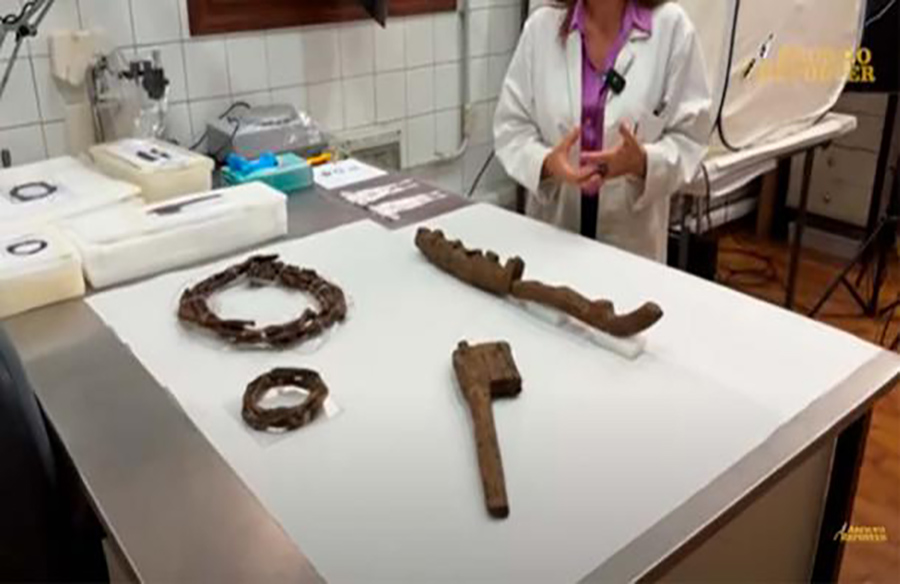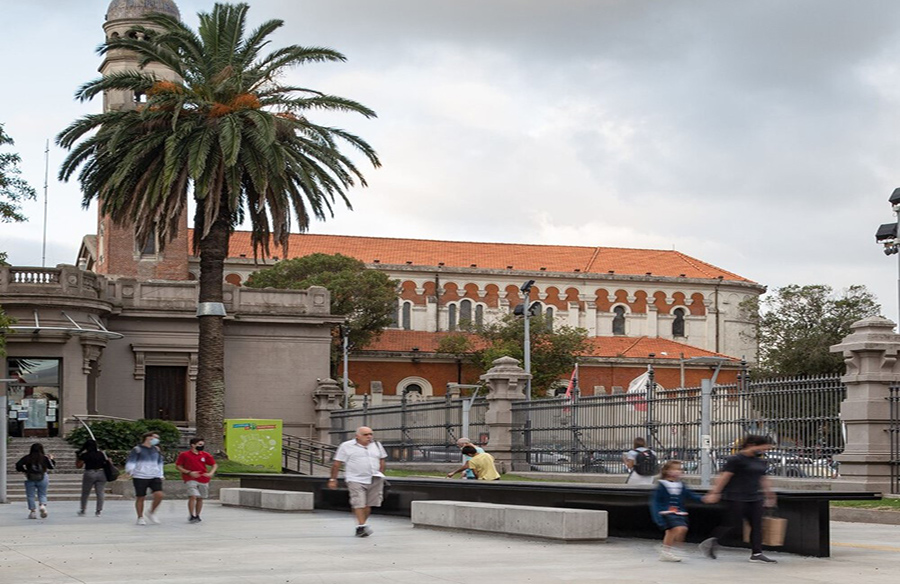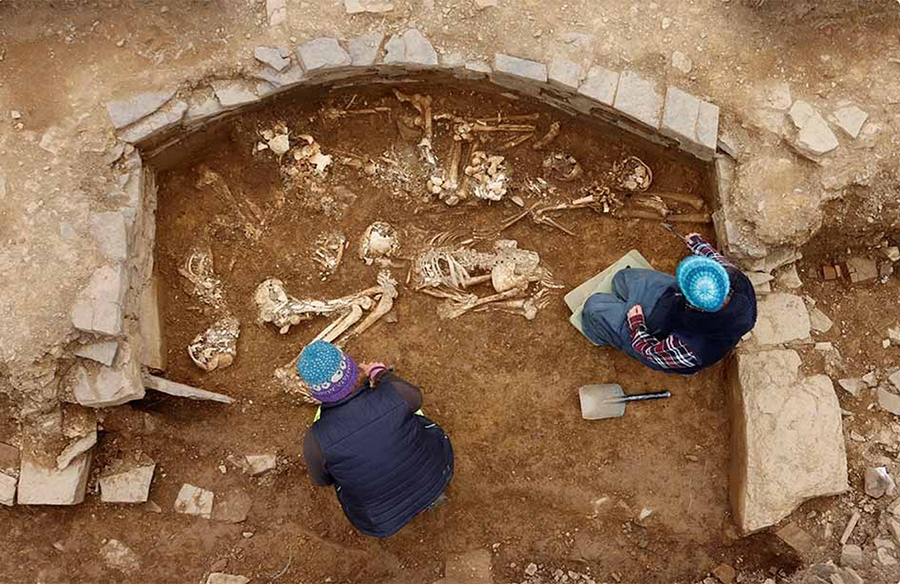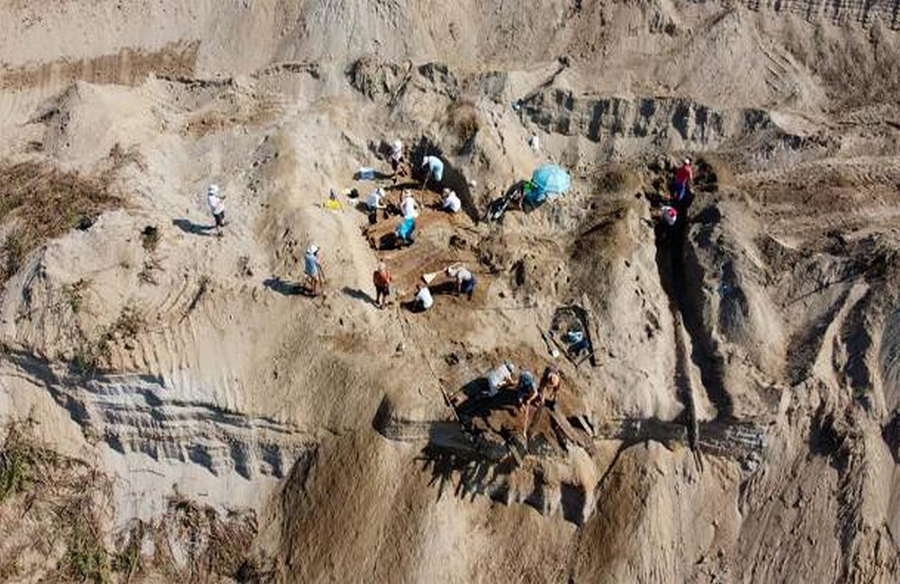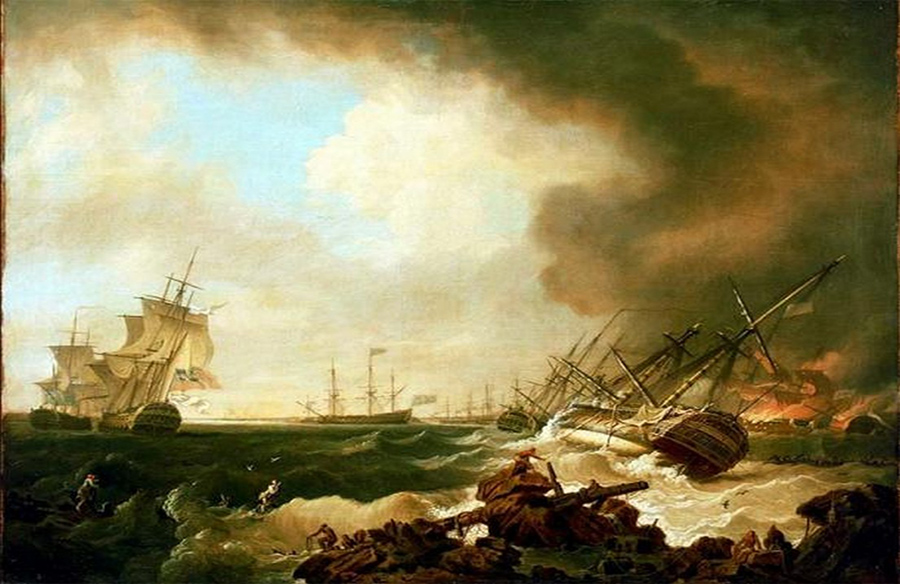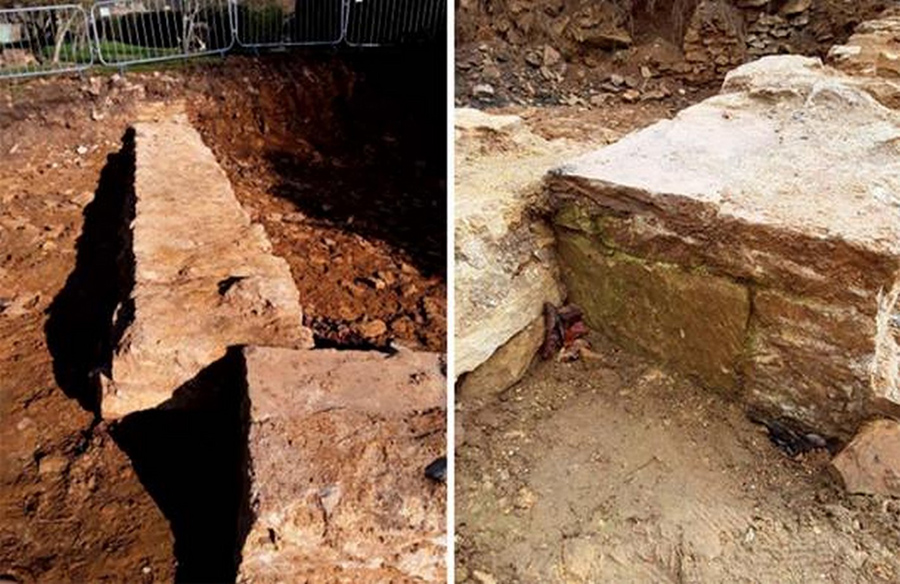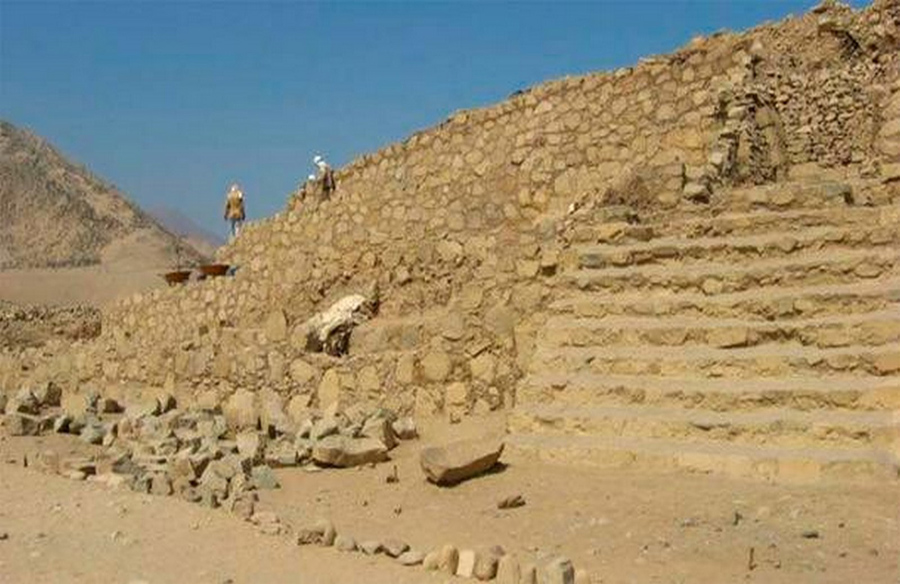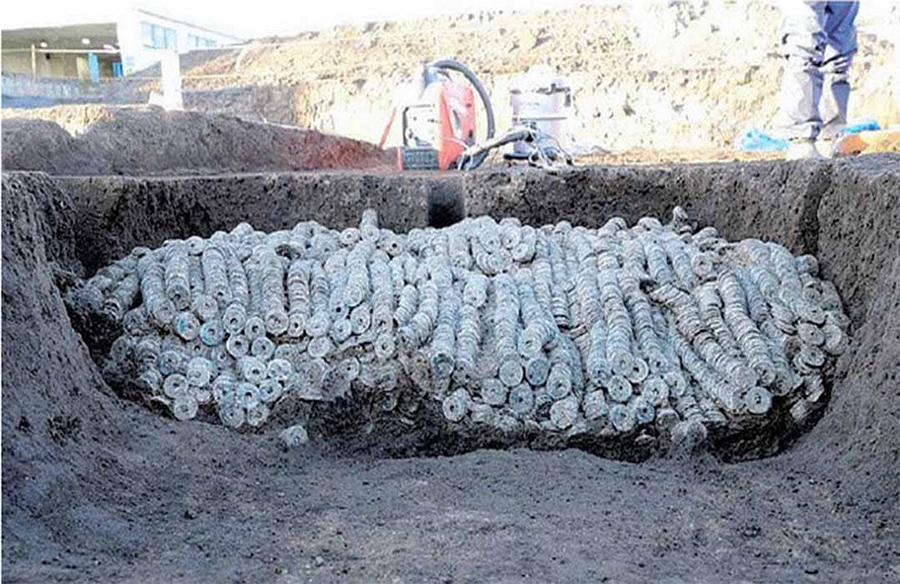Unveiling an Ancient Relic
After eight years of meticulous excavation, retrieval, and restoration, a remarkable 3,300-year-old wooden yoke has been unveiled to the public. Discovered in a Late Bronze Age stilt house settlement in Este, Veneto, Italy, this artifact offers a glimpse into ancient agricultural practices and domestic life.
Discovery and Restoration Process
Initially found in 2015 during an archaeological survey for the SNAM methane pipeline project, the Bronze Age yoke underwent an extensive restoration process. With the efforts of a multidisciplinary team of experts, including radiocarbon and dendrochronological testing, the artifact was carefully restored to its former glory. The Padua Superintendency showcased the wooden relics from the Atestino site in 2023.

A Remarkable Settlement Unveiled
The excavation site in Este, Veneto, was chosen due to its rich archaeological significance. Radiocarbon and dendrochronological testing revealed that the Bronze Age settlement thrived between the mid-13th and 14th century BC, marking it as the first well-structured Bronze Age settlement in the region.
Insights into Ancient Agriculture
The wooden yoke, designed as a head yoke for tethering draft animals, provides insights into ancient agricultural practices. Likely used for oxen, the yoke was fastened around the animals’ necks and horns with leather belts or ropes. Its smaller size compared to later yokes suggests that Bronze Age domesticated cattle in the region were relatively small.
Remarkable Discoveries
In addition to the wooden yoke, other artifacts were found at the site, including a crafted wood piece of unidentified purpose and two coils of wood speculated to be bases for baskets. These discoveries shed light on daily life and craftsmanship during the Bronze Age.
Preservation Challenges and Triumphs
The marshy conditions of the Este area during the Bronze Age contributed to the preservation of organic materials like wood. Large chunks of terrain were transported to the Central Institute for Restoration in Rome, where specialists meticulously treated and stabilized the waterlogged wood under controlled conditions.
Ongoing Exploration and Analysis
The exploration and preservation efforts continue, with more wooden artifacts yet to be unearthed. Ongoing analysis of the restored objects promises further insights into ancient craftsmanship and daily life in Bronze Age Italy.
